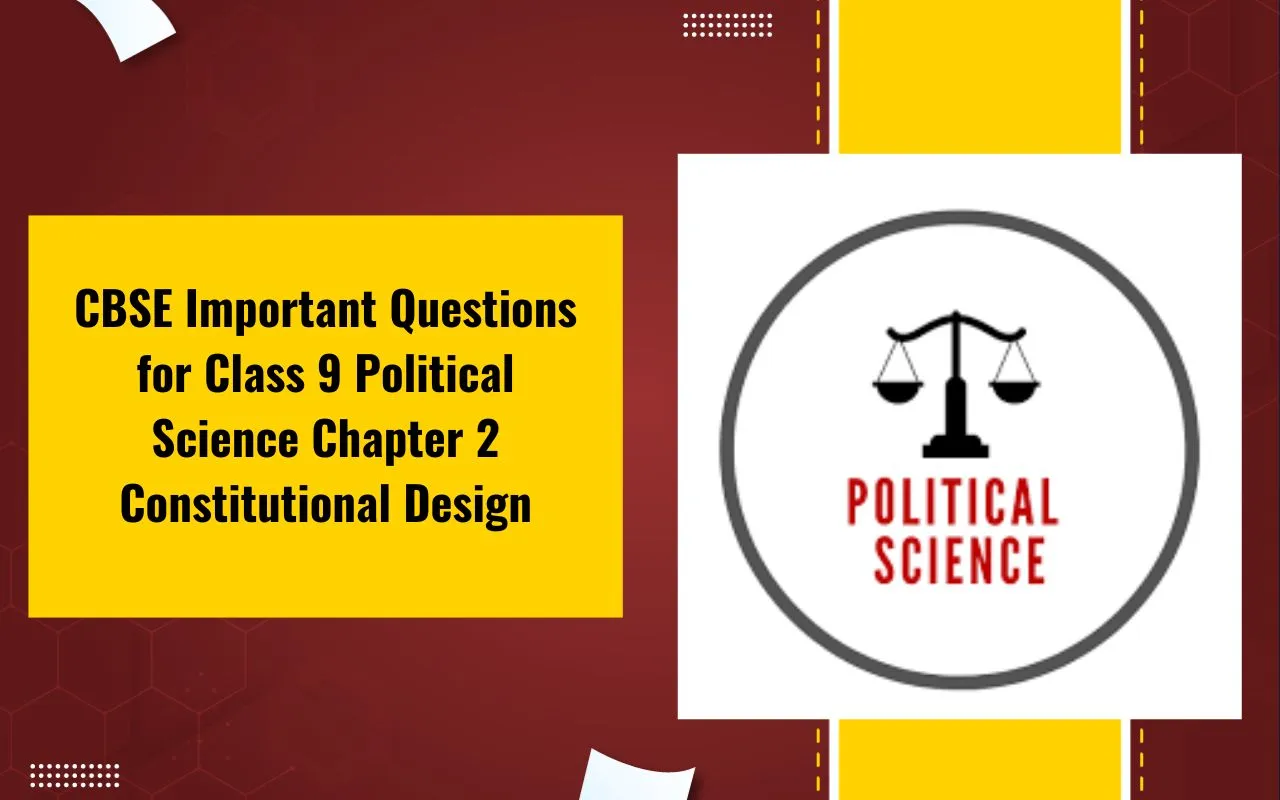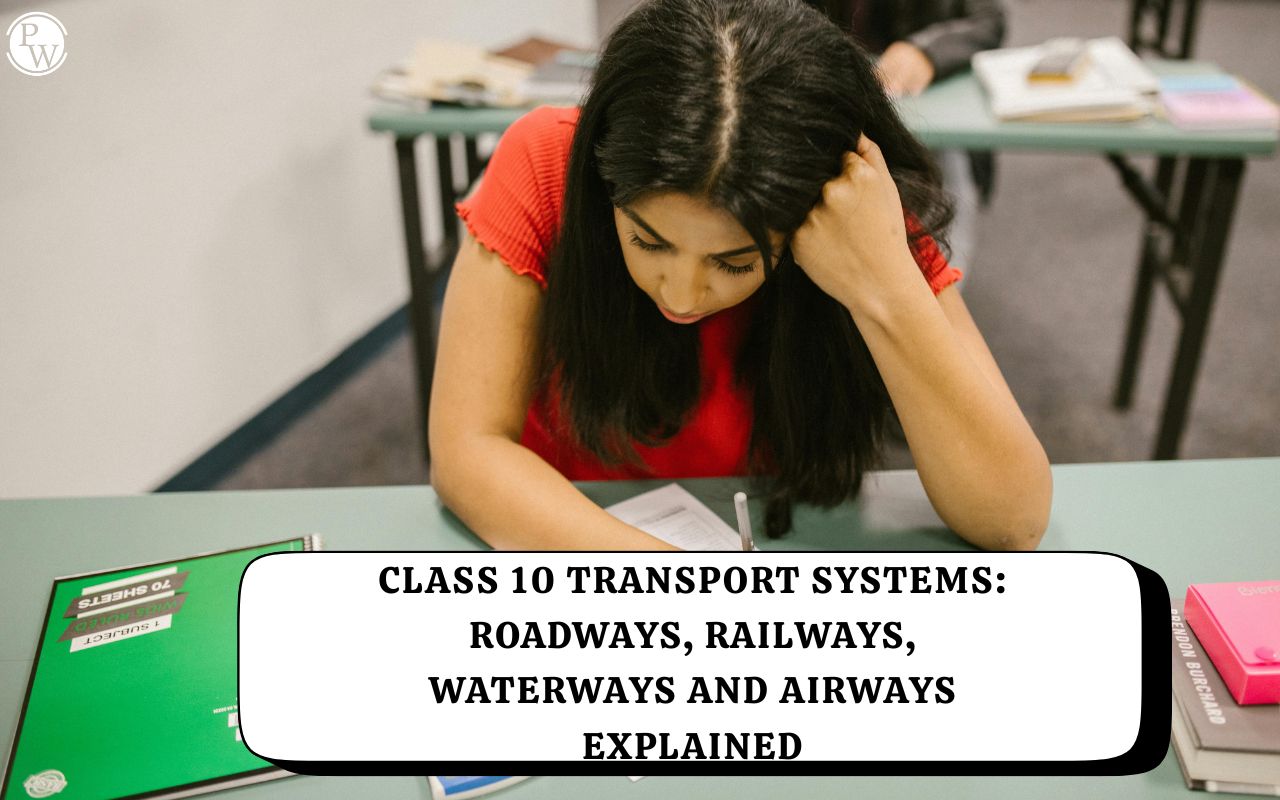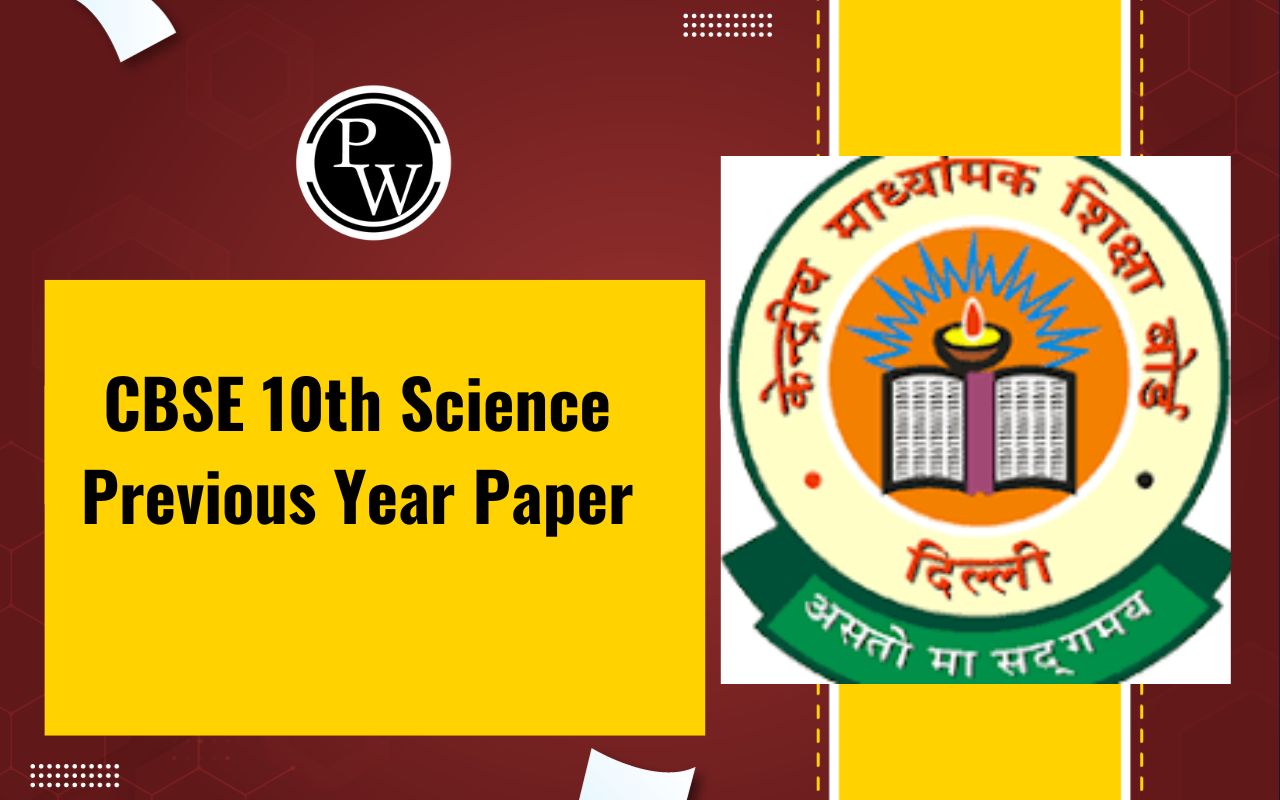

Energy is the driving force behind all natural processes and human activities. It powers our homes, industries, transportation, and technological advancements. The availability and utilization of energy sources have played a pivotal role in shaping the modern world. Understanding the diverse sources of energy is essential for sustainable development and addressing global energy challenges.
Sources of energy can be broadly categorized into two main types: renewable and non-renewable. Non-renewable energy sources, such as fossil fuels and nuclear energy, are finite and deplete over time. On the other hand, renewable energy sources, like solar, wind, hydropower, geothermal, and biomass, are naturally replenished and offer a more sustainable solution to meet our energy needs.Non-Renewable Energy Sources
- Fossil Fuels: Fossil fuels, including coal, oil, and natural gas, have been the primary sources of energy for centuries. They are formed from the remains of ancient plants and animals that have undergone geological processes over millions of years. Fossil fuels release energy when burned, but their combustion also releases greenhouse gases, contributing to climate change.
- Nuclear Energy: Nuclear energy is produced through nuclear reactions, either by splitting (fission) or combining (fusion) atomic nuclei. While nuclear power plants provide a substantial amount of energy with low greenhouse gas emissions, they also pose challenges in terms of radioactive waste management and safety concerns.
Also Check - Electricity Formula
Renewable Energy Sources
- Solar Energy: Solar energy is harnessed from the sun's radiation using photovoltaic cells or solar thermal systems. It is abundant, clean, and widely accessible, making it a promising solution for sustainable energy generation.
- Wind Energy: Wind turbines convert the kinetic energy of moving air into electricity. Wind energy is environmentally friendly and has seen significant growth due to advancements in turbine technology and favorable wind conditions.
- Hydropower: Hydropower harnesses the energy of flowing water, usually through dams or turbines in rivers and reservoirs. It provides reliable and predictable energy, but its environmental impact on ecosystems and displacement of communities should be considered.
- Geothermal Energy: Geothermal energy taps into heat stored beneath the Earth's surface. It is derived from natural heat sources like volcanic activity and is used for both electricity generation and heating.
- Biomass Energy: Biomass includes organic materials like wood, agricultural residues, and waste. When burned or converted into biofuels, biomass releases energy. However, its sustainability depends on responsible sourcing and management.
Also Check - Human Eye and Colourful World Formula
General Formulas Of Energy Sources
- Fossil Fuels (Coal, Oil, Natural Gas):
- Formula for Combustion Reaction:
CH₄ + 2O₂ -> CO₂ + 2H₂O + Energy
- Nuclear Energy:
- Formula for Nuclear Fission:
- Formula for Nuclear Fusion:
- Solar Energy:
- Formula for Solar Power:
P=AηI
Where A is the panel's area, η is the efficiency, and I is the solar irradiance.- Wind Energy:
- Formula for Wind Power:
P = 0.5ρA v³
Where ρ is the air density, A is the swept area of the turbine blades, and v is the wind speed.- Hydropower:
- Formula for Hydropower:
P= ηρgQH
Where η is the efficiency, ρ is the water density, g is the acceleration due to gravity, Q is the flow rate, and H is the height difference. These are just a few examples of energy sources and their associated formulas. If you'd like more detailed explanations or information about other sources of energy, please let me know!Also Check - Light Formula
Conservation of Energy Resources
Conservation of energy resources is crucial for ensuring the availability of energy for current and future generations, reducing environmental impacts, and promoting sustainable development. Here are strategies and practices for conserving various energy resources: 1- Fossil Fuels:- Energy Efficiency: Improving energy efficiency in industries, transportation, and buildings reduces the amount of energy needed for the same level of output.
- Alternative Transportation: Promoting public transportation, electric vehicles, and biking reduces the reliance on fossil fuels for personal transportation.
- Combined Heat and Power (CHP): CHP systems use waste heat from electricity generation for heating purposes, improving overall efficiency.
- Carbon Capture and Storage (CCS): CCS technologies capture carbon dioxide emissions from fossil fuel combustion, preventing them from entering the atmosphere.
- Nuclear Plant Safety: Ensuring the safe operation of nuclear power plants and responsible management of radioactive waste is essential for long-term sustainability.
- Research and Development: Investing in advanced nuclear reactor designs and fuel cycles can improve efficiency, safety, and waste management.
- Solar Energy:
- Installing solar panels on rooftops and open spaces to harness sunlight for electricity generation.
- Implementing solar water heaters for residential and commercial use.
- Expanding wind farms in suitable locations to capture wind energy for electricity.
- Incorporating efficient wind turbine designs to maximize energy extraction.
- Balancing hydropower development with environmental considerations to minimize ecosystem disruption.
- Retrofitting existing dams for improved efficiency and fish passage.
- Developing geothermal power plants in areas with high geothermal potential.
- Ensuring responsible resource management to avoid depletion.
- Using sustainable forestry and agricultural practices for biomass sourcing.
- Promoting efficient combustion technologies to minimize emissions.
- Energy Education: Raising awareness about energy conservation and the benefits of using renewable sources.
- Energy Management: Implementing energy-efficient technologies like smart meters and automated energy management systems.
- Policy Support: Governments can incentivize energy efficiency and the adoption of renewable technologies through regulations, subsidies, and tax incentives.
- Research and Innovation: Investing in research to develop new technologies and methods for energy conservation and generation.
- Reduce, Reuse, Recycle: Conserving resources in daily life reduces the demand for energy-intensive production processes.
- Energy-Efficient Appliances: Using energy-efficient appliances and lighting reduces electricity consumption.
- Unplugging Devices: Turning off electronics when not in use prevents standby power consumption.
- Home Insulation: Properly insulating homes reduces heating and cooling needs.
Source of Energy Formula FAQs
What are renewable energy sources, and why are they important?
Renewable energy sources are naturally replenished, such as solar, wind, hydropower, and geothermal. They are crucial for reducing greenhouse gas emissions, combating climate change, and ensuring long-term energy sustainability.
How do non-renewable energy sources impact the environment?
Non-renewable sources like fossil fuels release carbon dioxide and pollutants when burned, contributing to air pollution, global warming, and environmental degradation.
How can individuals contribute to energy conservation in their daily lives?
Individuals can conserve energy by using energy-efficient appliances, unplugging electronics, using public transportation, reducing water heating and cooling needs, and adopting sustainable consumption habits.
What's the role of innovation in energy conservation?
Innovation drives the development of more efficient technologies, like advanced solar panels and batteries, that enable better energy storage, utilization, and reduced waste.
What are the challenges in transitioning to renewable energy sources?
Challenges include intermittency of solar and wind power, initial infrastructure costs, energy storage solutions, and potential disruptions to existing energy industries.
How can governments encourage energy conservation and the use of renewable sources?
Governments can implement policies like tax incentives, renewable energy mandates, carbon pricing, and research funding to encourage the adoption of renewable sources and energy-efficient practices.
🔥 Trending Blogs
Talk to a counsellorHave doubts? Our support team will be happy to assist you!

Free Learning Resources
PW Books
Notes (Class 10-12)
PW Study Materials
Notes (Class 6-9)
Ncert Solutions
Govt Exams
Class 6th to 12th Online Courses
Govt Job Exams Courses
UPSC Coaching
Defence Exam Coaching
Gate Exam Coaching
Other Exams
Know about Physics Wallah
Physics Wallah is an Indian edtech platform that provides accessible & comprehensive learning experiences to students from Class 6th to postgraduate level. We also provide extensive NCERT solutions, sample paper, NEET, JEE Mains, BITSAT previous year papers & more such resources to students. Physics Wallah also caters to over 3.5 million registered students and over 78 lakh+ Youtube subscribers with 4.8 rating on its app.
We Stand Out because
We provide students with intensive courses with India’s qualified & experienced faculties & mentors. PW strives to make the learning experience comprehensive and accessible for students of all sections of society. We believe in empowering every single student who couldn't dream of a good career in engineering and medical field earlier.
Our Key Focus Areas
Physics Wallah's main focus is to make the learning experience as economical as possible for all students. With our affordable courses like Lakshya, Udaan and Arjuna and many others, we have been able to provide a platform for lakhs of aspirants. From providing Chemistry, Maths, Physics formula to giving e-books of eminent authors like RD Sharma, RS Aggarwal and Lakhmir Singh, PW focuses on every single student's need for preparation.
What Makes Us Different
Physics Wallah strives to develop a comprehensive pedagogical structure for students, where they get a state-of-the-art learning experience with study material and resources. Apart from catering students preparing for JEE Mains and NEET, PW also provides study material for each state board like Uttar Pradesh, Bihar, and others
Copyright © 2025 Physicswallah Limited All rights reserved.
Get App











